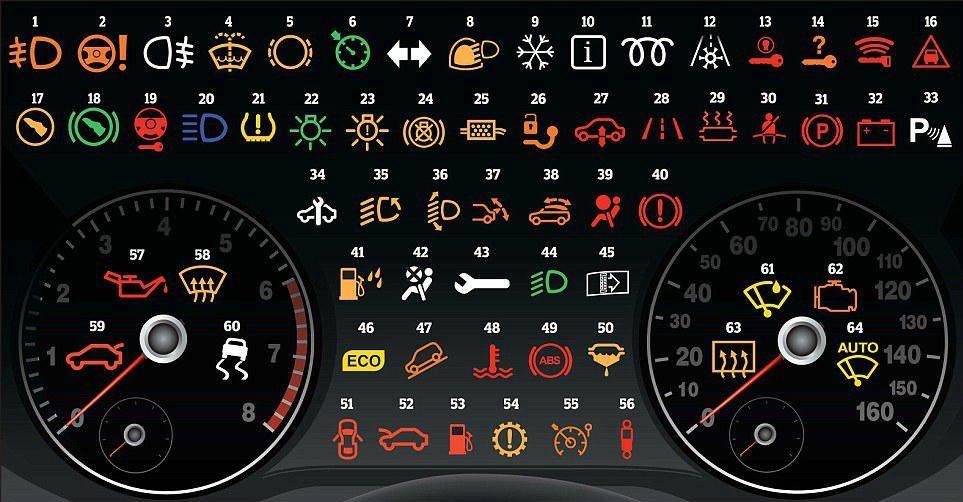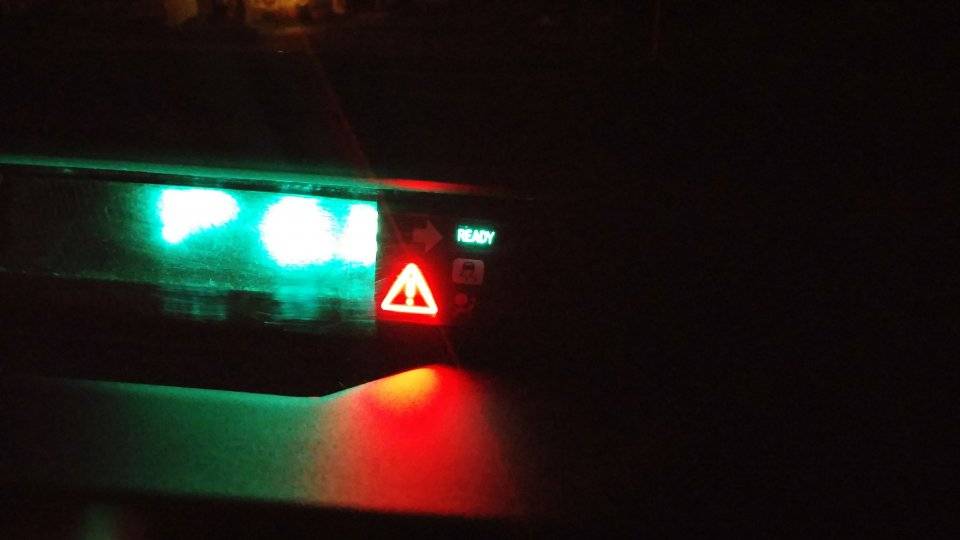So you’ve noticed your master warning light going off, and now you’re wondering, how serious is it?
What is the Master Warning light?
The Master Warning light is used to inform you about a potential problem your vehicle’s advanced systems. It could indicate a single issue, or it could indicate many issues. If your car has a vehicle information display it will be displayed there, if not it will be located on your vehicle’s dashboard.
Most modern cars have a vehicle information display which feeds the driver live information and will directly tell the driver what is the issue, most can be solved with personal action, although some will require you to take your vehicle to a garage or dealership.
Immediate Action Lights
Other than the master warning light there are 3 lights you should never ignore, as they require immediate attention, if you do ignore them, you could end up in a pretty bad situation.
- The red thermometer indicates your vehicle is overheating.
- The red oil can indicates that your oil level is dangerously low.
- The red battery indicates that the battery is no longer being charged by the alternator – get to a garage immediately.
Warning Lights

There are a number of other warning lights and light flashes, some vary from manufacturer to manufacturer but the most common warning lights are located on the instrument panel, which you can see through the steering wheel. Some of these warning lights may be accompanied by a warning sound. The various warning lights usually indicate issues such as:
- Brake fluid leak
- Low brake fluid level
- Broken indicator light
- Low/high tire pressure
- Low oil pressure
- High oil pressure
- Low fuel level
- Broken brake lights
- Parking brake light
How do I know if my Master Warning Light is Working Properly?
If your master warning light comes on when it should not, then something has gone wrong with one of these critical systems. If your master warning light does come on but only for a few seconds at most before going out again, then it may mean that your vehicle needs service right away. You should also check your owner’s manual for information regarding what each individual warning light means.
Why Did my Master Warning Light Go Off?
- There could be many reasons why your master warning light went off. Some common causes include:
- A problem with the electrical connection between the ignition switch and the computer controlling all of the other warning lights.
- An issue with the wiring harness connecting the various components together.
- A loose wire somewhere inside the vehicle causing a short circuit which caused the master warning light to turn on.
- A bad component such as a fuse, relay, or connector.
Can You Drive with the Master Light On?
Yes, you can drive with the master warning light on. However, it is illegal to do so in some states. The master warning light is used when the vehicle has been involved in an accident, and the driver needs to be notified. If the driver ignores the warning light, then they could face fines and other penalties.
Should you turn off the master safety light while driving?
No! It is important to keep the master warning light turned on during normal operation because it helps alert others around you that there might be issues with your vehicle. In addition, turning off the master warning light while driving could cause confusion among those who see the light. They may think that everything else is working properly, even though the master warning light was just activated.
What Should I Do When My Master Safety Light Comes On?
When your master warning light comes back on after having previously shut itself off, take note of how long it stays lit. Is it flashing rapidly? Does it stay on continuously? How often does it go off and then come back on? These details help determine whether or not there is actually a serious problem with any of the vehicles systems.
How do you Reset the Warning Light?
To reset the master warning light, follow this procedure:
- Turn off the engine.
- Press and hold down the brake pedal until the ABS system activates. This usually takes less than 30 seconds.
- Release the brake pedal.
- While holding down the accelerator pedal, press and release the clutch several times within 10-15 seconds.
- Let go of the accelerator pedal.
- After approximately 5 seconds, let go of the brake pedal.
- Allow the vehicle to coast for 2 minutes without touching either the gas or brake pedals.
- Â Start the engine and allow it to run normally for 1 minute.
- Repeat steps 4 through 8 three more times.
- Once done, start the engine and wait for the master warning light to return to its original state.
- Check the status of the master warning light periodically throughout the day.
- If the master warning light remains illuminated, contact your local service center or garage.
If none of these solutions work, you will most likely need to contact a local mechanic, which depending on the issue could potentially even cost as much as $1000.

